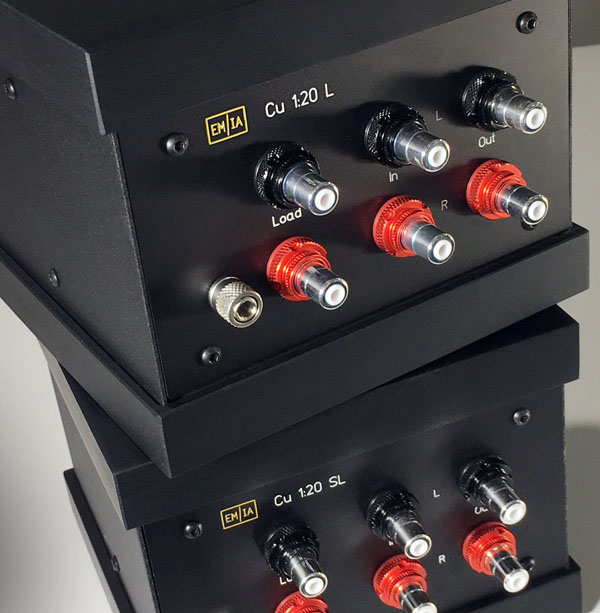@lalitk, sure thing, you’re quite welcome. If you get it in and want to talk about anything, just PM me.
Step Up Transformers….Are they Worth the Trouble?
Some of you may aware of my Garrard 301 project, it’s now very close to completion. The plinth finally shipped from Hungry after 3 months of long wait.
Given my last experience with Hana Umami Red, I would like to take things to the next level. Which brings me to mating low output cart with a SUT. Every review I’ve read so far suggests when the SUT-MC match is right, the end result is heavenly. The bass is right, the midrange is clear, and most importantly, the highs are relaxed and extended—not rolled off.
I am not saying you can’t get great sound without a SUT but it appears with a properly matched SUT, sound can be quite magical.
Thought this would be the right time to get input from experienced users here since I am still contemplating my cartridge and outboard phonostage options.
My preference would be to go with a tube phono…I kinda miss tinkering with tubes :-)
My system, Garrard 301 (fully refurbished), Reed 3P tonearm, Accuphase E-650 with built-in AD50 analog board ➡️ Tannoy Canterbury’s.
Cart and phono under consideration through my dealer,
Fuuga - Output : 0.35 mVrms | Impedance : 2.5 Ω (1kHz)
Phonostage - Tron Convergence and Konus Audio Phono Series 1000
The cart - MC combination, I am lusting after is Etsuro Urushi Bordeaux MC with their Etsuro Transformer.
https://www.etsurojapan.com/product/bordeaux
The other transformer is EMIA, cooper or silver version.
Your input is appreciated!
- ...
- 352 posts total
Here's a question that arises when one considers the RIAA equalization error in a phono stage: What is the standard by which the error is calculated? Is it the curve described by the equations in the Lipshitz paper? Or is it the ideal curve, which is not achieved in an analog circuit using the Lipshitz equations, where there is a flat plateau between ~500Hz and ~2kHz, sitting at 0db, flanked by straight lines from -20db at 20Hz to 0db at ~500Hz on the left hand side of the plateau, and 2kHz to 20kHz (0db to +20db) on the right hand side? Further, what about error on the pre-emphasis (cutter head) side? That must be a variable based on choice of cutter head, company producing the recording, and age of the recording. I certainly yield to Atmasphere on use of tubes in phono equalization (also as a proud owner of an Atmasphere MP1), but as I understand it the reason a tube phono stage may exhibit slightly less RIAA accuracy compared to a SS phono stage is that tubes change with age. Adherence to the Lipschitz equations (or any of some other equations to define RIAA de-emphasis in a phono stage) depends exquisitely on the accurate values of the parts used to construct the circuit. Since the plate resistance (Rp) of the tubes figures in to calculations involving impedance (R in the Lipschitz equations), and since Rp does vary slightly over the life span of a tube, the RIAA error reported by a manufacturer probably has to be a bit wider in order to take that into account. Transistors don't change in that parameter. I agree that one does want RIAA error to be as small as practical, but I don't agree that +/-0.2db (the actual data for the Allnic, reported by Raul as "0.4db") is anything to be concerned about. I also own Raul's 3160 Phonolinepreamp, and it's excellent too. I don't know the RIAA error of the MP1, but it's probably wider than that of the 3160. I don't hear that as a problem; I don't hear it at all when comparing the two. |
exactly. https://myemia.com/SUT.html https://myemia.com/Loading.html here's a discussion
anybody else having issues with this thread? Unless I go to my responses page I can't see the latest updates |
agree completely. How much error is introduced on the production side? Does the deviation of EQ applied in the electronics that drive the cutting head approach such small amounts, or the other errors introduced in the cutting process? I'll answer that...... no. Your speakers in room response introduce many dB of deviation, etc. At some point you have to focus on things other than getting distortions down to such ridiculously small amounts, like how it sounds. |
- 352 posts total


